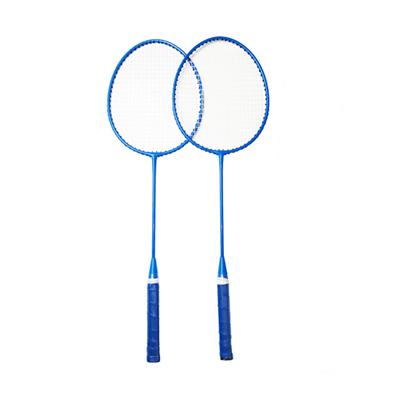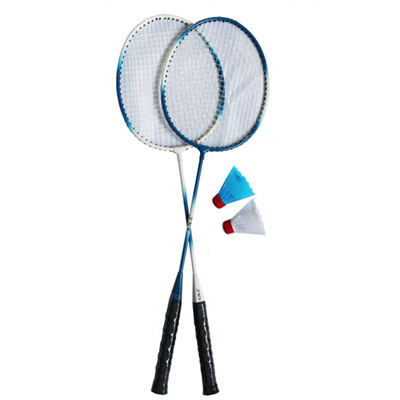What is the hardness and torque of a badminton racket?
Hardness of a badminton racket
The time the ball stays on the racket when hitting the ball is only four to six thousandths of a second. During the swing before the ball and when the racket hits the ball, the racket shaft has a process of bending and restoring. The ball has flew off the racket before the racket returned to its original position. In the case of the same player strength, the softer the racket, the easier it is to bend during the swing before the shot. The bending amplitude is also greater. Thereby driving the racket head to move at a greater angular velocity, resulting in greater hitting power.
The harder the racket, the less force it can transmit to the ball when hitting the ball. But it can even reduce the transmission of shock. For the frame. The harder the frame is, the less likely it is to deform and twist when it touches the ball. The more power can be transferred to the shuttlecock, the less vibration is transferred at the same time.
Torque of a badminton racket
The so-called torque refers to the magnitude of the twist on the surface of the racket when the racket hits the ball. The smaller the torque, the better the control of the ball. The main part of the extension is the handle of the racket, and some models have a slightly longer frame. The biggest advantage of the extended badminton racket is to increase the hitting point and increase the flashing of the racket.






















